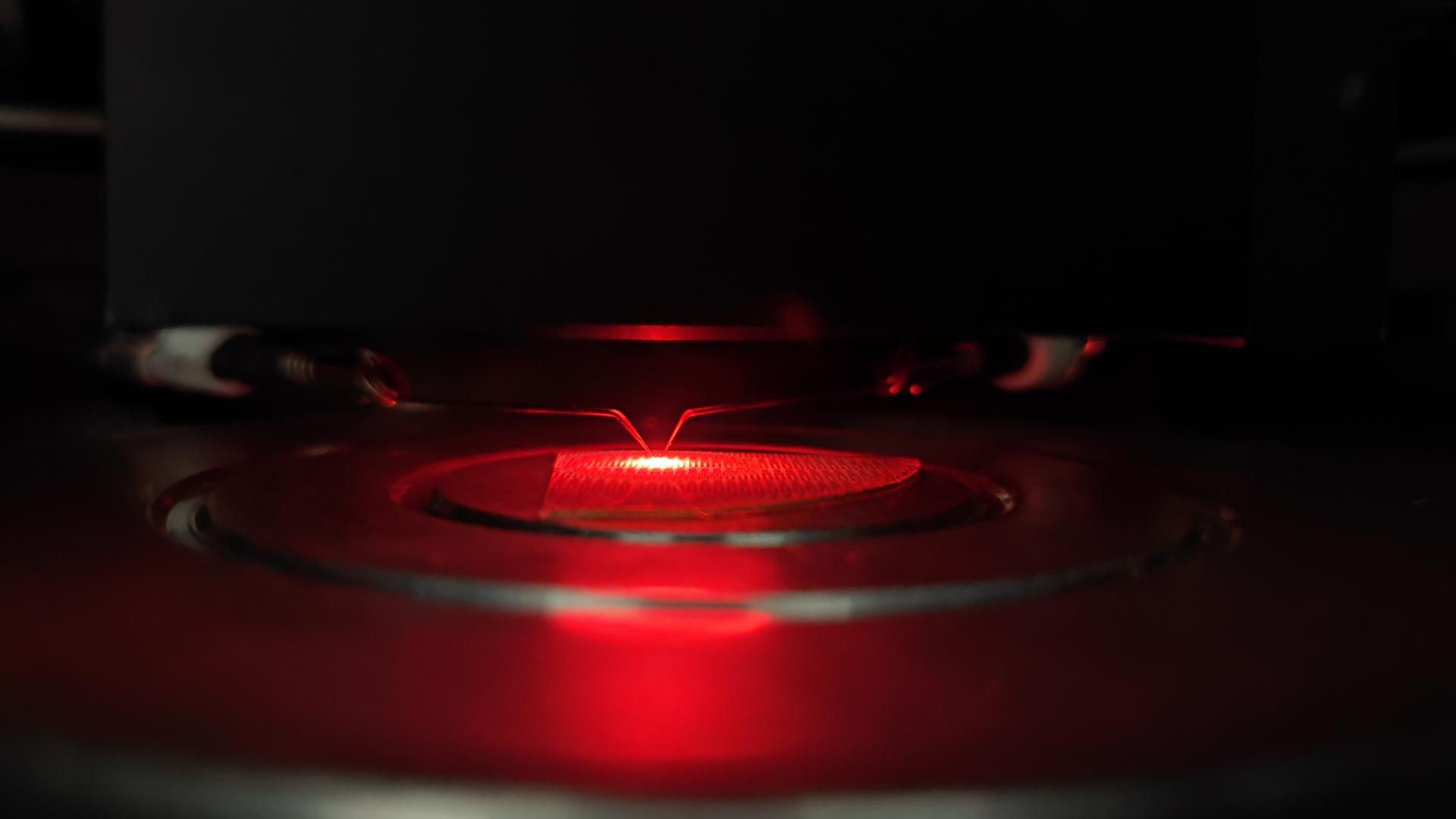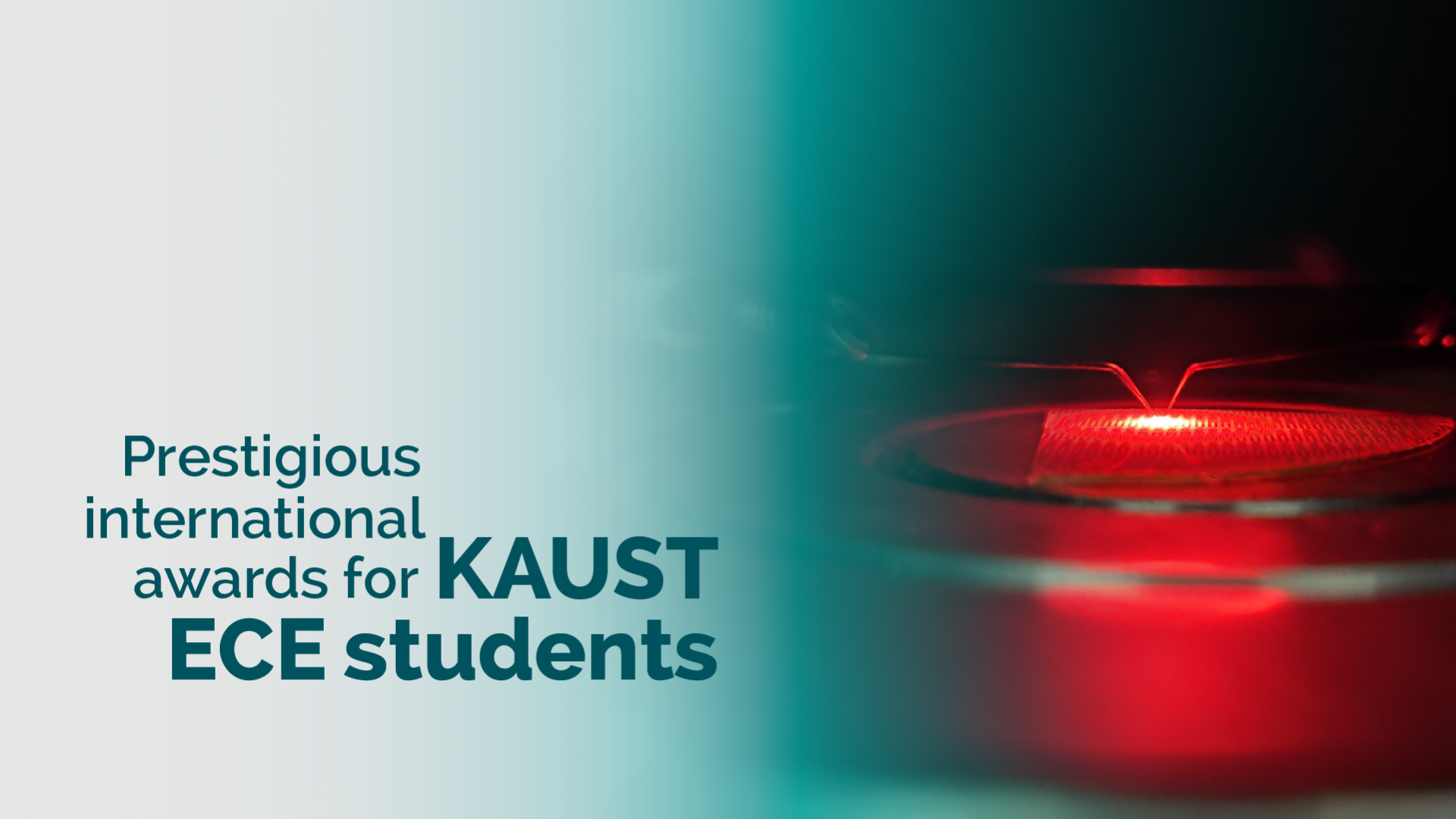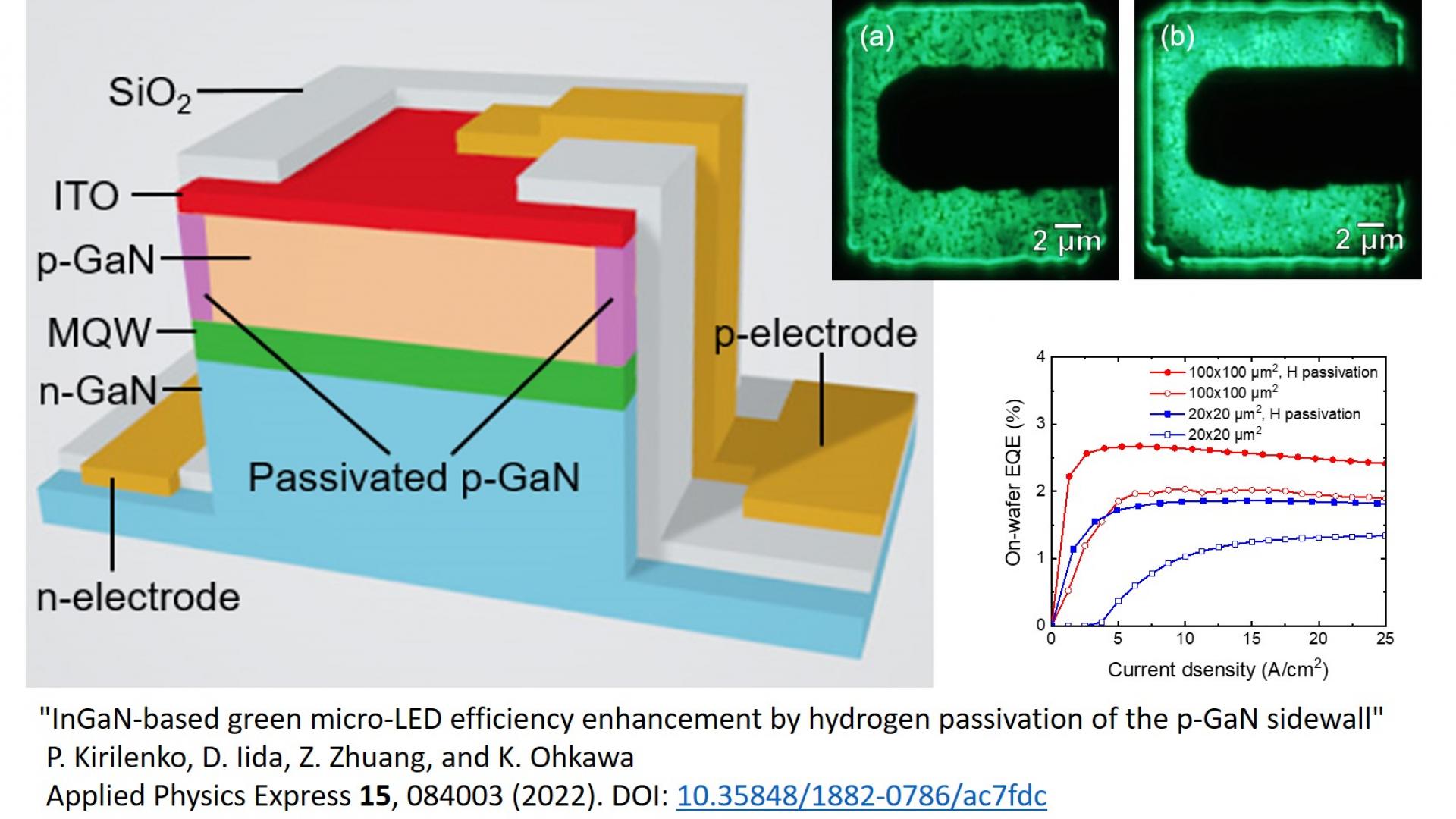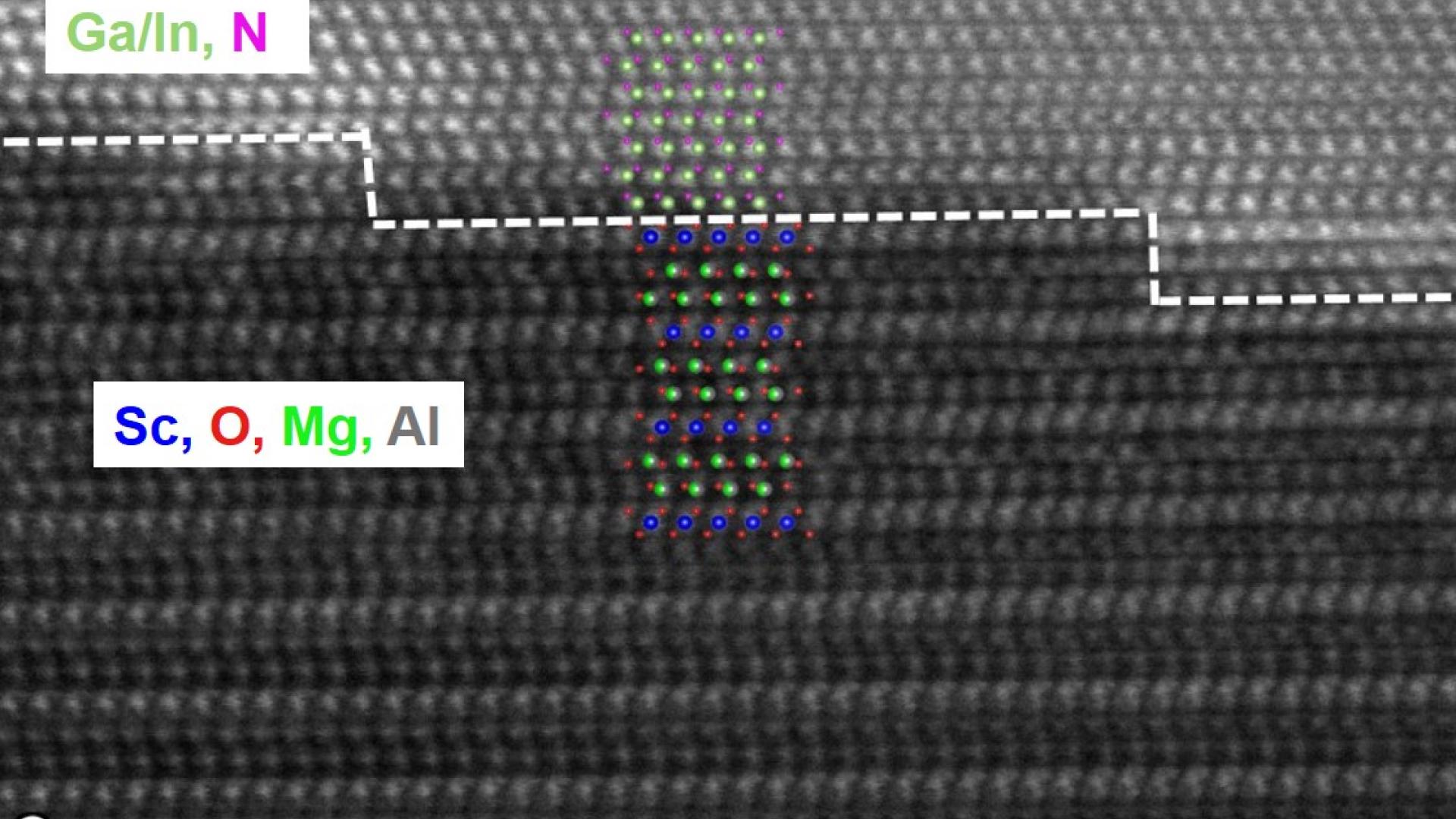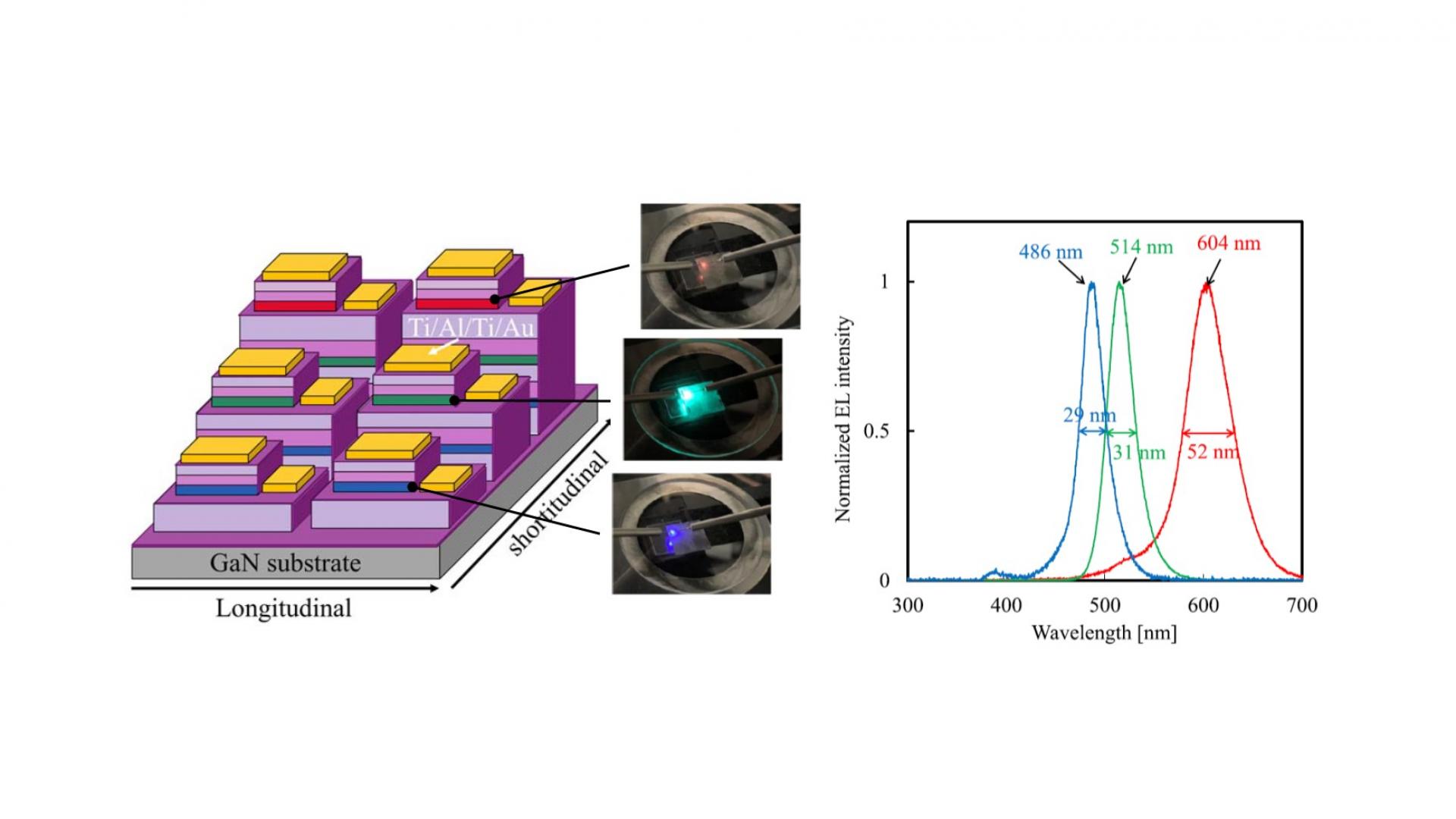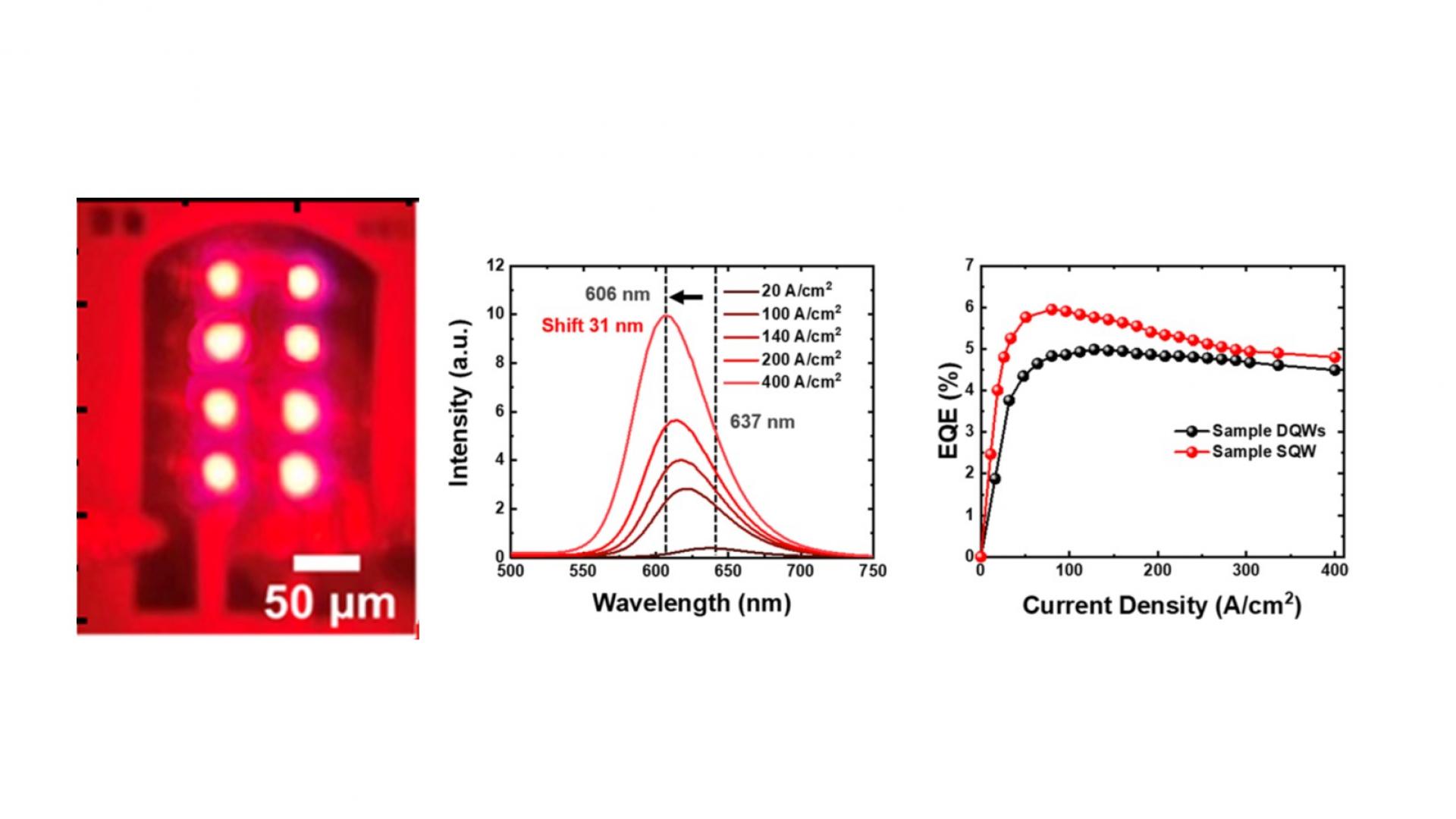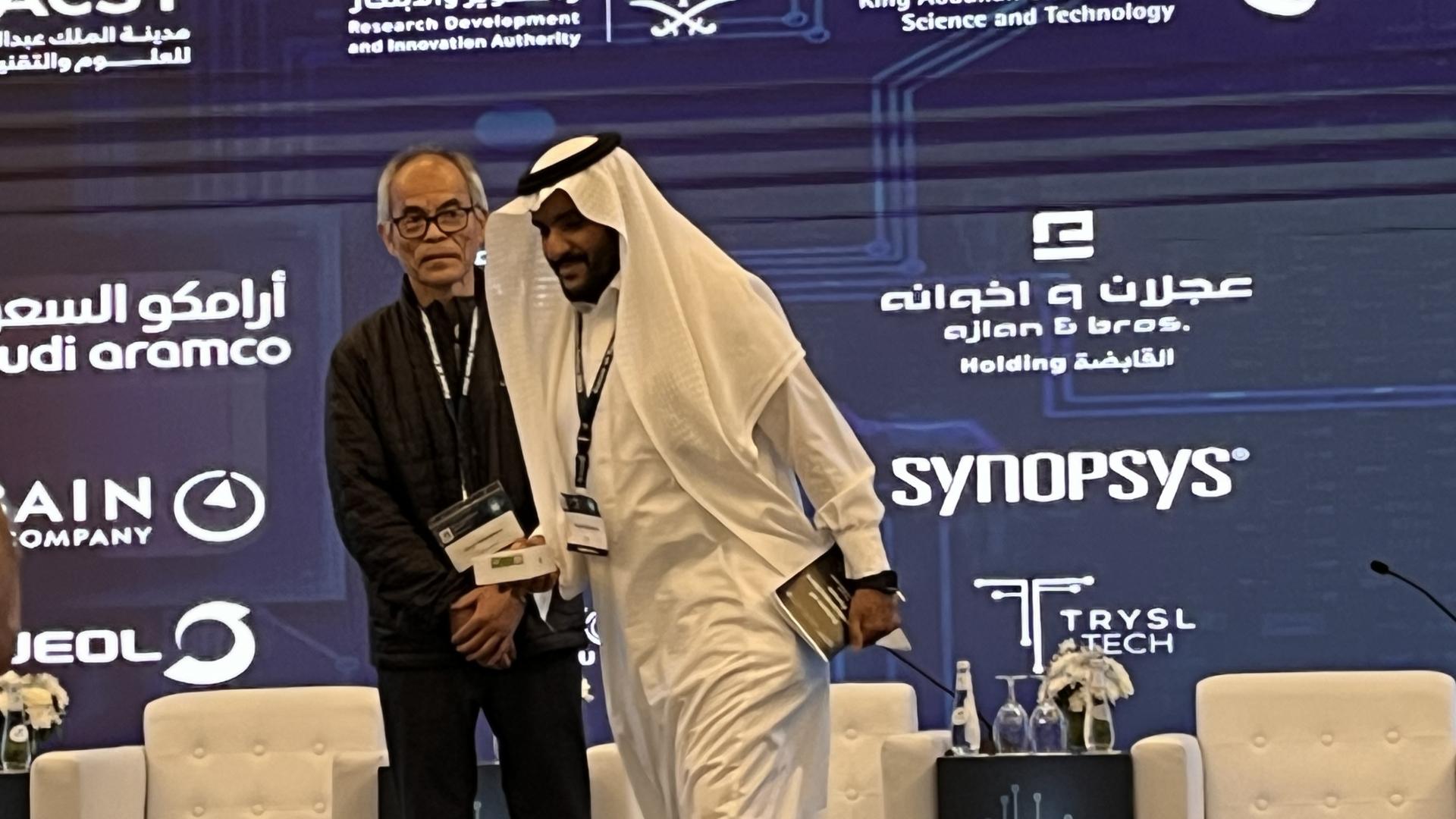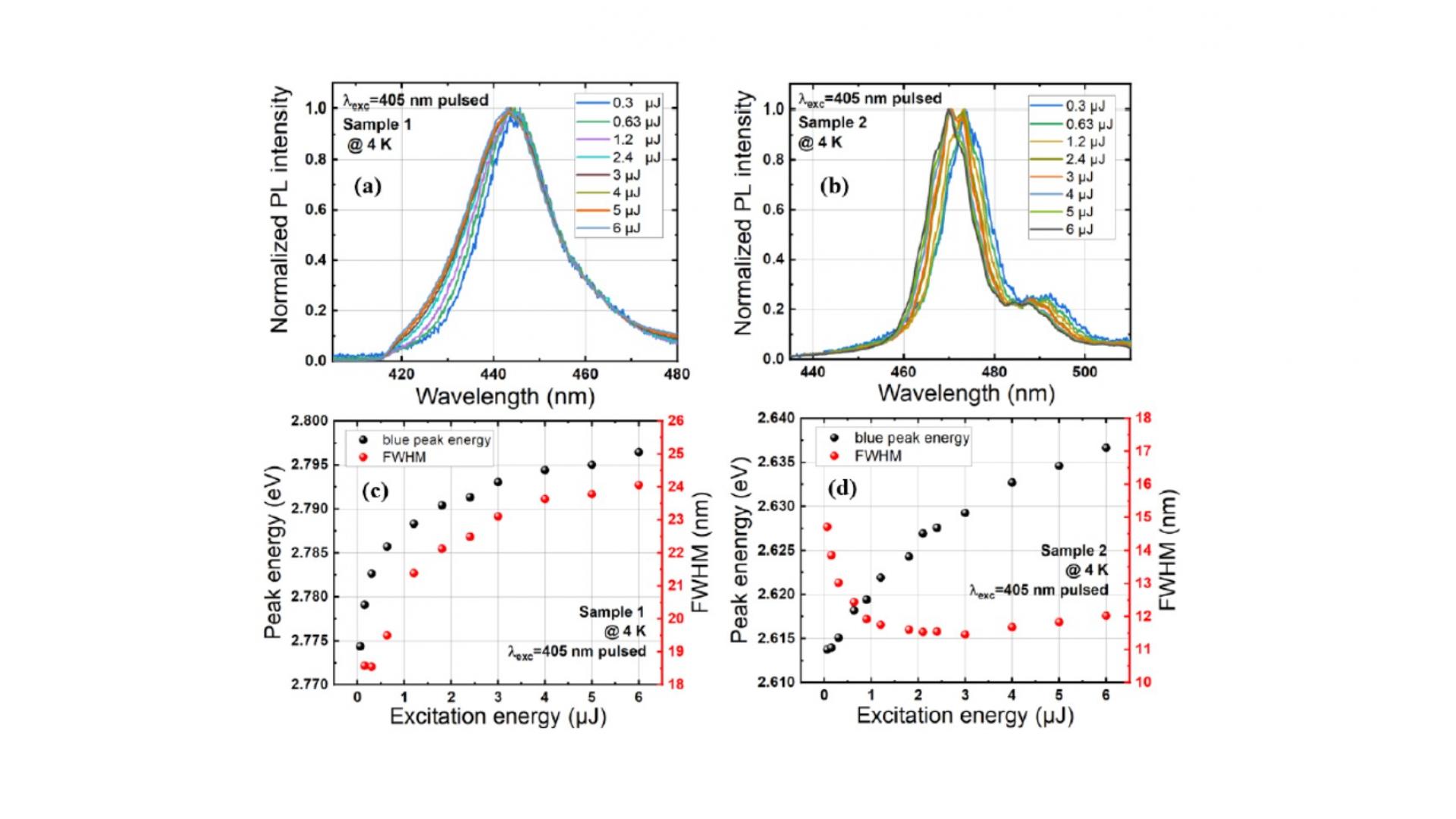We report a selective passivation of p-GaN via hydrogen plasma treatment for InGaN single-quantum-well red light-emitting diodes.
KAUST ECE students shine bright, winning prestigious international awards.
A brief account of photonics research activities in the selected countries in the Middle East and Africa is presented in this article. Though not comprehensive, we hope to provide a glimpse of the research landscape in the region, and the collaboration and connection with each other and the international partners.
The manuscript entitled "Optimizing Al composition in barriers for InGaN amber micro-LEDs with high wall-plug efficiency" that has been accepted for publication in the IEEE Electron Device Letters.
His first authored paper "InGaN-based green micro-LED efficiency enhancement by hydrogen passivation of the p-GaN sidewall, Appl. Phys. Expres 15 (2022) 084003" has been selected for the JSAP Young Scientist Award!
The JSAP Young Scientist Award is presented to young researchers who have mainly authored excellent papers that are expected to contribute to the progress of applied physics.
Cesur received the Best Student Award at ICNS-14 in Japan. He has a great opportunity to showcase his research on "InGaN Red LEDs Fabricated by Hydrogen Plasma Passivation
". The 14th International Conference on Nitride Semiconductors (ICNS-14) is the biggest conference that presents high-impact scientific and technological advances in materials and devices in group-III nitride semiconductors.
We report the growth of N-polar InGaN layers on misoriented ScAlMgO4 (SAM) substrates with offset of 0.3 to 5.8o toward the m-plane. We obtained an unprecedented crystalline quality of N-polar InGaN using SAM substrates with a 0.5o offset, which exhibited a 000-2 X-ray rocking curve full width at half maximum value of 223 arcsec.
The report shows the micro-LED roadmap for the next generation of smart displays. The innovation in epitaxial growth technology can provide critical solutions for the micro LED performance in various aspects.
We demonstrated a 330 ppi monolithic RGB micro light-emitting diodes (μLED) array of blue, green, and red GaInN-based LEDs stacked on the same wafer using tunnel junction.
We present results from a study addressing the unbiased water-splitting process and its side reactions on n-GaN-based photoelectrodes decorated with NiOx, FeOx, and CoOx nanoparticles. A water-splitting process with n-GaN-based photoelectrodes results in the generation of hydrogen gas and hydrogen peroxide. Quantification of the water-splitting chemical mechanism gave numerical values indicating an increase in the device performance and restriction of the n-GaN electrocorrosion with surface modifications of n-GaN structures.
we have demonstrated the potential of InGaN-based red micro-LEDs with single quantum well (SQW) structure for visible light communication applications. The LED device has a superior modulation bandwidth of 424 MHz with a data transmission rate of 800 Mbit/s at an injection current density of 2000 A/cm2. These results demonstrate that InGaN-based SQW red micro-LEDs hold great promise for realizing full-color micro-display and visible light communication applications.
National Yang Ming Chiao Tung University and KAUST Team reported the structural and optical characteristics of a red micro-LED.
Congratulations! Mohammed received the Student Poster Award (3rd Place) in KAUST Semiconductor Forum. He presented the latest of his research work about InGaN growth on novel ScAlMgO4 substrates toward yellow-red LEDs and LDs.
Xiamen University and KAUST Team have optical characterized the high-quality InGaN-based red LED structures by photoluminescence.
This review paper in 2022 is still ranked in the Most Read of Semiconductor Science and Technology (IOP Publishing). The paper reviews nitride-based red LEDs and micro-LEDs. The field is growing and getting popular.
